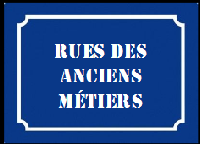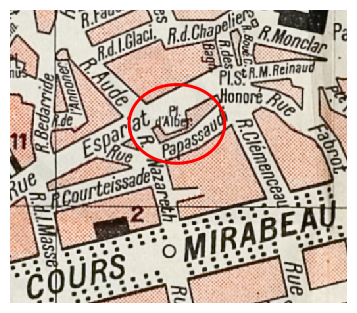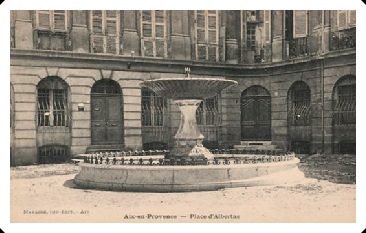























bretons buscaille cardinale mazarine agard albertas d’arpille baratanque bon pasteur lacépède ganay isolette de jouques littera loubet matheron molle saint-



Jean-
Après ses études, il est conseiller au Parlement d’Aix avant de devenir son premier président. Il sera aussi le président de la Cour des comptes jusqu'en 1775.
Entre 1742 et 1746, à l’âge de vingt-
Légitimiste, à savoir royaliste, il se rallie à la cause de la Fédération et organise la fête du 14 juillet 1790 dans le parc de son Château de Gémenos. Là, Jean-
À voir :
La Place Jean-
L'Hôtel d'Albertas est l'un des plus grands d'Aix. Il est découpé en appartements (celui de Monsieur, celui de Madame avec boudoir, …) et il possède en son centre un jardin assez grand pour faire tourner un carrosse et un cours secondaire avec 12 stalles pour chevaux.
Le saviez-
Le 21 juillet 2000, la Place d’ALBERTAS avec ses façades et toitures des immeubles ainsi que le sol et la fontaine sera classée Monument historique. Après la ROTONDE et le Cours MIRABEAU, c'est l'endroit le plus visité de la ville.
Jean-
After his studies, he was adviser to the Parliament of Aix before becoming its first president. He will also be the president of the Court of Auditors until 1775.
Between 1742 and 1746, at the age of twenty-
Legitimist, namely royalist, he rallied to the cause of the Federation and organized the feast of July 14, 1790 in the park of his Castle of Gémenos. There, Jean-
To see :
The Place Jean-
The Hôtel d'Albertas is one of the largest in Aix. It is divided into apartments (that of Monsieur, that of Madame with boudoir,…) and it has in its center a garden large enough to run a coach and a secondary yard with 12 stalls for horses.
Did you know ?
On July 21, 2000, the Place d´ALBERTAS with its facades and roofs of buildings as well as the ground and the fountain will be classified as a historical monument. After the ROTONDE and the Cours MIRABEAU, it is the most visited place in the city.